The given document explains how to create a custom object (and allowed relationships) and assign number range to it.
Example:
- Create a custom organization unit (9O) and assign it to IT 1000 (Object), 1001 (Relationships), 1008 (Acct Assignment Features), 1011 (Work Schedule).
- Assign 9O the number range of 2001 – 2999.
Steps to be performed:
- Create new object type and assign essential relationships
- Assign object to the required infotypes
- Maintain subtypes
- Maintain personnel actions
- Assign number range.
- Maintain object via PP03 or PP01.
Detailed Steps:
- Maintain Object Types and Assign Essential Relationships
SPRO – > Personnel Management – > Organizational Management – > Data model enhancement – >Maintain object types (Table: T778O)
Create the new custom objects by clicking on new entries (or copying existing entries).
Once the object is created, we assign essential relationships to it by clicking on ’essential relationships’ (as seen on the left pane of the above screenshot). Assigning a relationship means that once an object is created, the assigned relationships are mandatory to be maintained.
Table T77SO
2. Infotype Maintenance
In the given example, we assign 9O to IT 1001 (Object), 1001 (Relationships), 1008 (Acct Assignment Features), 1011 (Work Schedule).
SPRO – > Personnel Management – > Organizational Management – > Data model enhancement – >Infotype Maintenance – > Maintain Infotypes (Table: T778T)
Select the appropriate infotypes to which the newly created custom object needs to be assigned. This is done by first selecting the infotype and then clicking on ‘infotypes per object type’ (shown in the left window pane).
Assign the custom object to infotypes by clicking on new entries as shown below
Uncheck the ‘No Maintenance’ check box for the custom object so as to ensure that it can be maintained via basic OM transactions like PP01.
Do the same thing for rest of the infotypes.
Relationships are subtypes to IT 1001. To assign mandatory subtypes along with time constraint, we create an entry in this table
SPRO – > Personnel Management – > Organizational Management – > Data model enhancement – >Infotype Maintenance – > Maintain subtypes (Table: T778U)
3. Relationship Maintenance
This is used to define the allowed relationships for a given object.
SPRO – > Personnel Management – > Organizational Management – > Data model enhancement – >Relationship Maintenance
Click on the required relationship and on ‘allowed relationship’ (on the left pane) to create the allowed relationship.
Assign the appropriate time constraints to the given relationship.
4. Maintain personnel actions
To create the given object using transaction PP03, personnel action needs to be maintained.
SPRO – > Personnel Management – > Organizational Management – > Basic Settings – > Maintain personnel actions (Table T778M)
A new action can be created either by clicking ‘new entries’ or by copying the existing action.
Define the sequence of infotypes that need to be displayed while executing the given action. This is done by selecting the custom action (9O) and then clicking on actions (individual maintenance) – as on left pane.
Once the above activities have been performed, the given object can be created via the transactions PP03. However, before executing the personnel action, we will assign number range to the object.
5. Number Assignment
SPRO – > Personnel Management – > Organizational Management – > Basic Settings – > Maintain Number Ranges (Table: T77IV; Transaction: OONR)
Create a new entry either by clicking ‘new entries’ or by copying the existing entries.
Select the newly created entry and click on number range maintenance. Below screen will appear.
Maintain intervals by clicking on ‘intervals’ preceded by pencil sign
6. Creating object via PP03
Object created via newly formed action 9O.
Screen for creating object or IT 1000 is displayed.
Screen for essential relationships is displayed.
New object as per the defined number range is created in the system.
7. Maintain object via PP01
The new object 9O is created with number range starting from 2001 and assigned to IT 1000, 1001, 1008 and 1011.

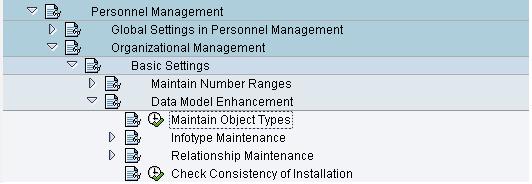
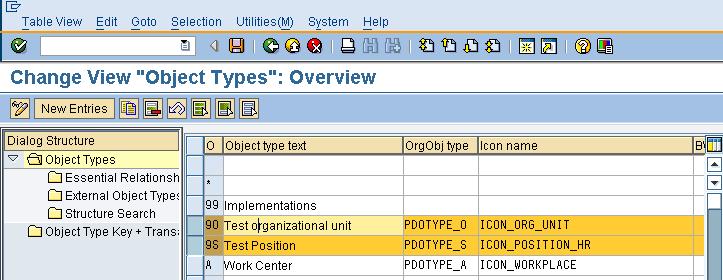
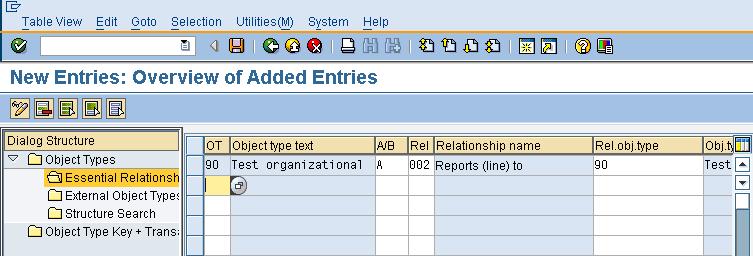



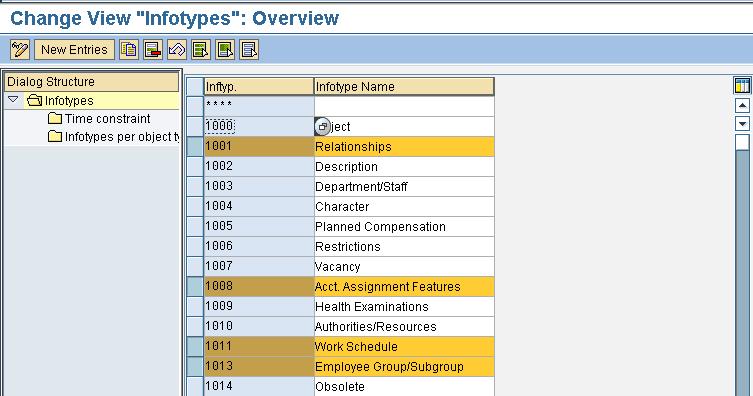

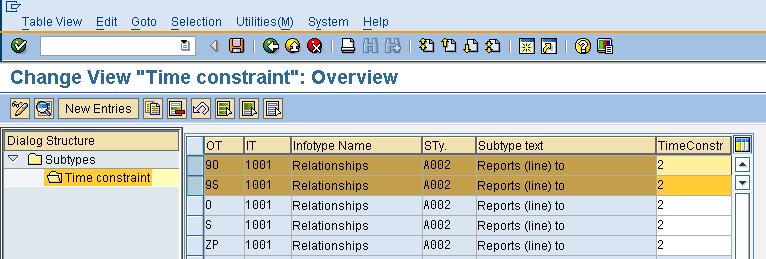

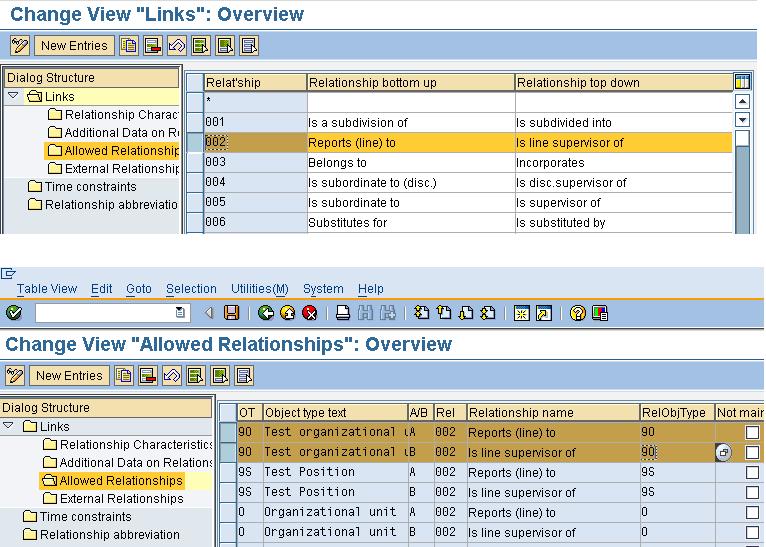
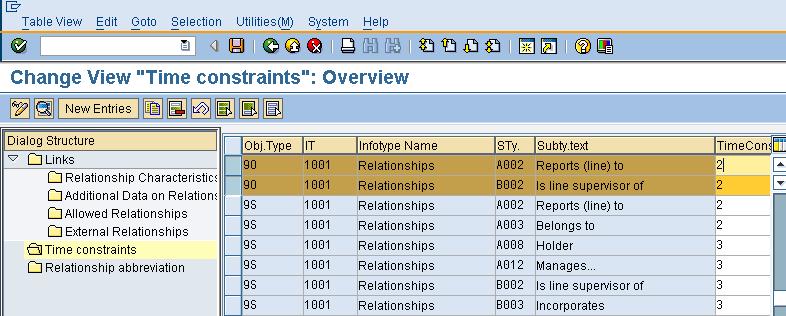
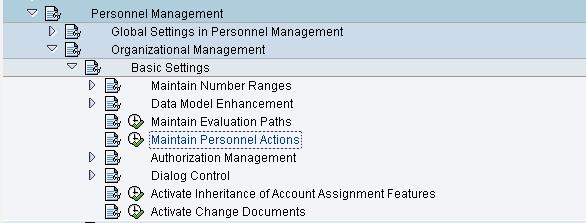





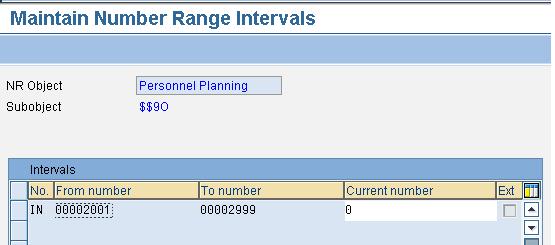
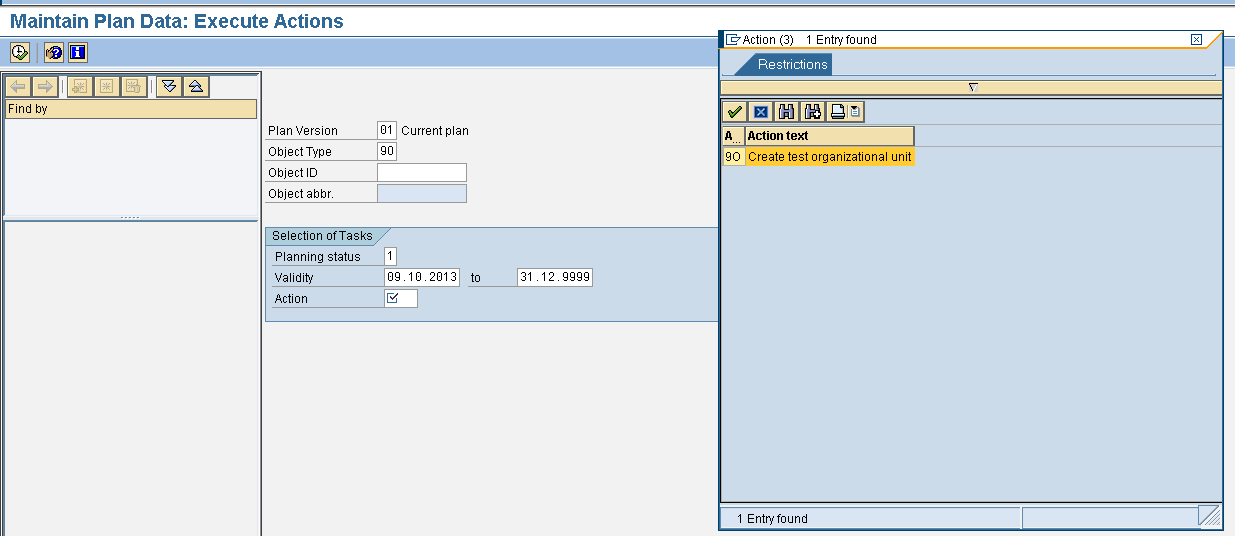
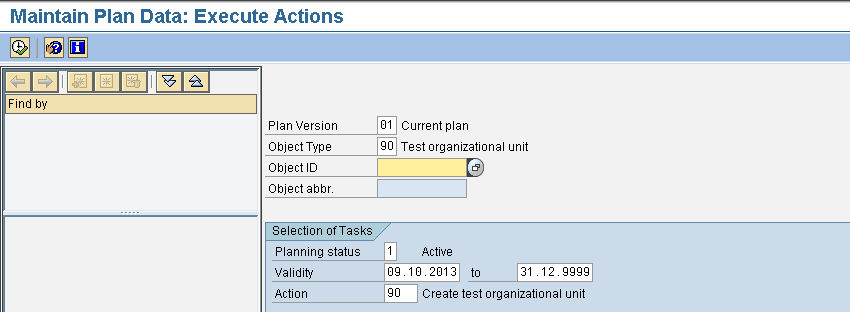
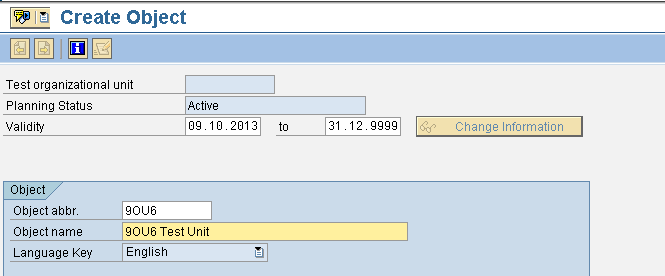
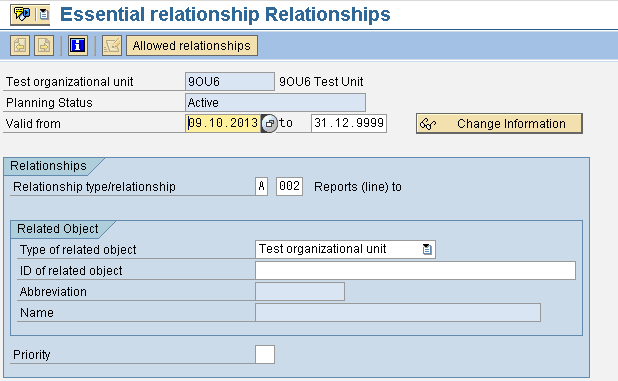
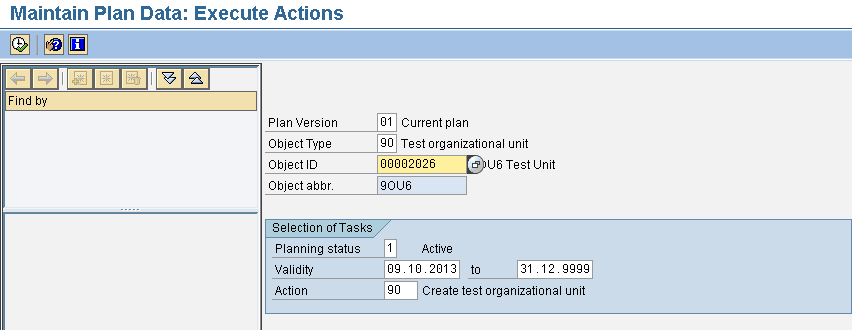
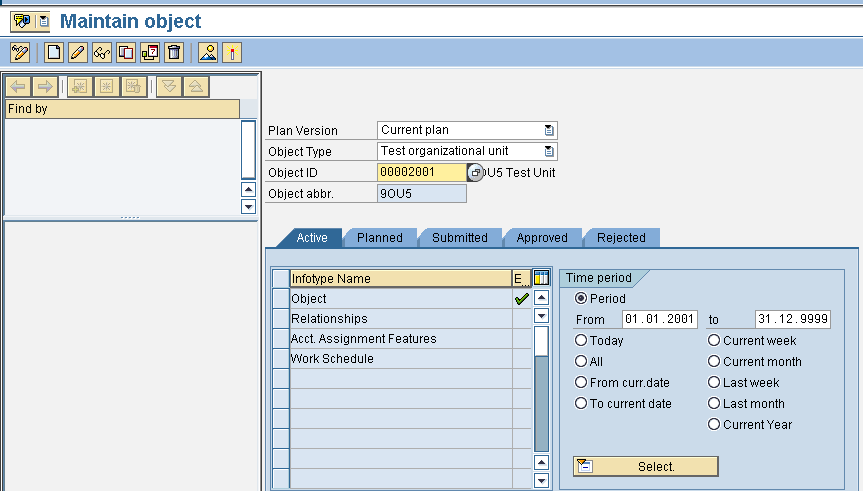
Leave A Comment?
You must be logged in to post a comment.